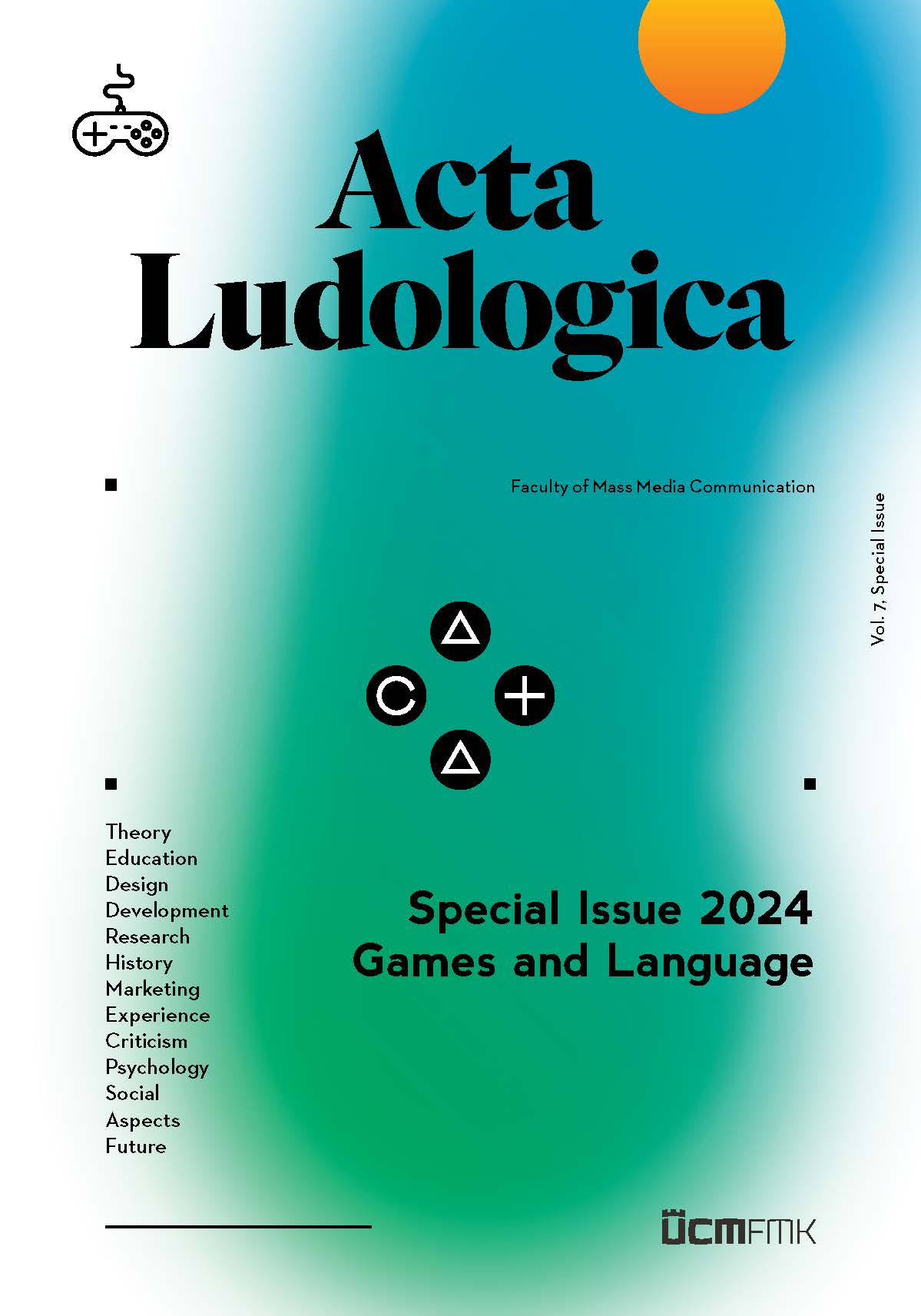ABSTRACT: In the context of games for learning, rich multimodal conversations online can contribute to extending the educational potential of digital games. In this study, we analyzed the multimodal features of user interactions in an online affinity space dedicated to the Rocksmith digital game. This game allows users to connect a traditional electric guitar to a Sony PlayStation 4 console and interact with the game while improving their guitar playing skills. Findings show that users include several multimodal elements in their online conversations in order to support guitar learning beyond the digital walls of the game. Emoticons, emoji, pictures, YouTube videos, and user-generated videos are all part of a constellation of audiovisual modes that support social learning practices in an interest-driven online space. By understanding how users incorporate these modes in their interactions, game designers, game developers, and educators can make informed decisions on how to design and improve these features within the games themselves and in online communities of learning dedicated to such games. The findings of this study can also help these stakeholders and decision-makers create more engaging and more effective connections between games and online platforms
KEY WORDS: affinity spaces, games and learning, multimodality, online learning, Rocksmith.
View full article
